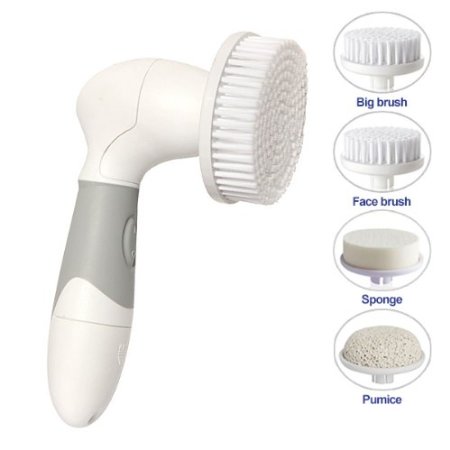Exercises useful in reducing hotflashes during menopause
According to a study published in The Journal of Physiology, sufficiently intense exercise during menopause can reduce the number and intensity of hot flashes.
Hot flashes (feelings of intense heat, reddening of the skin caused by increased blood flow, sweating and reduced brain blood flow) are the most common symptom of a woman’s menopause.
A hot flash lasting 2-3 minutes can increase cutaneous vasodilation, or surface blood flow, by around 80%; and sweating can be five times more than usual. This is comparable to changes brought about by 30 minutes of moderate-intensity cycling, which tends to raise core body temperature by around 0.4-0.6° Celsius.
What causes them is not entirely understood, but they have been linked to raised blood lipids and insulin resistance, which are also potential risk factors for cardiovascular diseases.
To measure the characteristics of hot flashes and the impact of exercise, researchers, led by Dr. Helen Jones from the Research Institute for Sport and Exercise Sciences at Liverpool John Moores University, recruited 21 healthy symptomatic menopausal women.
One group of 14 women undertook a gym-based exercise program for 16 weeks, while the others made no changes to their daily routine.
Participants completed a self-assessment questionnaire about the frequency and intensity of their hot flashes.
The exercise group worked out in the gym on a treadmill, bike, rower and cross trainer. They increased their breathing and blood flow and they sweated, but they were still able to talk.
They progressed from three 30-minute sessions a week to five 45-minute sessions a week.
After 4 months, the team measured the number and severity of hot flashes again using the same measurements.
In the exercise group, when hot flashes occurred, the amount of sweating was significantly reduced. Blood flow to the skin decreased by 9% at the chest and 7% on the forearms. Blood flow in the brain was minimized. The hot flashes increased heart rate, skin blood flow and sweating, but reduced mean arterial pressure and blood flow in the brain.
In contrast, the women who remained sedentary reported very little difference in hot flash severity.
Dr. Jones comments: ‘Previous studies have only investigated if post-menopausal women could improve the number and severity of hot flashes using a questionnaire that described symptoms. We have provided direct evidence that the physiological reactions during a hot flash can be improved with regular exercise that makes you fitter.’
The research team says that the findings can now be used to promote exercise as a treatment in the management of menopausal hot flashes.
